
In this guide
Mitigating risk in digital product development
Mitigating risk in digital product development

Whether you’re a product leader at a digitally native organization or your team is going through a digital transformation, mitigating risk in your digital product development process is likely one of your highest priorities—and might even be what’s keeping you up at night.
Lack of innovation. Failed products. Churn. Wasted sprints. These are the worst-case scenarios product leaders are constantly trying to avoid. Add into the mix the competitive need to get a product to market fast and you’ll find product teams shortening their sprint cycles, skipping beta testing, and even forgoing customer feedback.
This leaves product teams making guesses about how customers will react to a new product or feature—without any customer insight to back it up. Relying on hunches and making assumptions rarely works out well, and in the case of digital product development, a single bad decision can lead to exactly what product managers were trying to avoid: wasted time, blown budgets, and the outright failure of their product.
Market share and consumer habits aren’t something product leaders can control—or predict. What they can control, however, is how their teams make decisions and what insights inform the directions they take. Although customer insight is one of the most valuable data points in a product’s development, it’s often skipped in the name of speed or efficiency.
In reality, when properly integrated into a team’s product development process, human insight makes digital product teams more efficient, better informed, and more successful in driving the right products to market. Getting the right products into the hands of eager customers leads to loyalty, reduced churn, and ultimately, improved ROI.
To reduce the risk of building something no one wants—and stay competitive—digital product leaders need to champion human insight as the most valuable step in their product development process, which may require a bit of a shift in thinking on the part of teams, stakeholders, and executive leadership.
In this guide, we’ll discuss how human insight empowers teams to make better, faster decisions—so you can feel more confident throughout the entire development process, from concept to launch and beyond.
The high cost of sacrificing human insight
Teams often forego customer feedback in the name of speed. They want to get to market as fast as they can, before their competitors and before customer needs change. But there’s a risk to doing this. Sacrificing human insight to prioritize speed is misguided. Incorporating feedback from customers throughout the development cycle not only speeds up time-to-market but also adds the priceless benefit of confidence that you’ve built the right product for the right audience at the right time.
As a product leader, you’re no doubt familiar with the fallout from a failed product launch. The odds aren’t in your favor. According to the late Harvard Business School professor Clayton Christensen, of the dizzying number of products released every year, a whopping 95% of them fail.
We won’t name names, but there’s no shortage of examples of teams who thought they had a winning product, only to find their customers weren’t interested after the launch. The financial loss associated with the sunk costs of development for a product that essentially never sees the light of day is bad enough. Add to that the loss of trust that failed launches can have on loyal and prospective customers and the impact becomes much more severe.
Customer-centric organizations are ones that invest time and resources into understanding how their customers experience their brand across touchpoints and channels. From researching a purchase, going through a checkout process, to interacting with chatbots for customer service, today’s consumers have numerous touchpoints with brands. All of these steps add up to nearly countless opportunities for organizations to earn—or lose—customer loyalty.
PwC notes that consumers have a low tolerance for bad experiences at any touchpoint, with 17% of consumers abandoning a brand after a single bad experience and 59% jumping ship after several. This means that brands can’t risk ignoring any details, at any point, in the customer journey.
It works the other way, too. PwC also found that consumers are willing to pay an average of 13% more for items—if it means they’ll have a better experience.
17%Consumers will abandon a brand after a single bad experience | 59%Consumers will abandon a brand after several bad experiences | 13%Average percentage increase consumers are willing to pay for a better experience |
Great customer experience (CX) is a living, breathing relationship between an organization and its customers, driven by an organization’s continuous focus on the customer across every touchpoint along their journey. Organizations that succeed, like the brands in this study, are developing deep customer empathy by constantly talking to their customers to explore and understand their world and their needs. Those efforts lead to customers who feel an emotional connection with their favorite brands, and the ROI from that connection is high—from loyalty to customer value.
It's always great to see numbers and hear data points to lead you in a certain direction—it's another thing when you actually see or hear a real customer telling you what they think about something.
Josh Snow
SVP Product and Design, NBCUniversal
The ROI of customer empathy
Empathy may seem immeasurable, but for customer-centric digital product leaders, it’s a benchmark to live by. Why? Because empathy drives customer loyalty, and loyalty drives ROI.
Successful organizations understand the importance of nurturing a relationship with their customers, which requires trust, reliability, and most of all, an emotional connection—a connection that can be informed by building empathy through human insight.
That investment in the customer pays off. Years of trends indicate that CX has a tangible return on revenue, customer loyalty, and even stock performance.
Over an eight-year period, the top 10 companies in Forrester’s Customer Experience Index generated a significantly higher return than the S&P 500, while the bottom 10 companies trailed behind dramatically due to customer churn.
52%Increase in value of emotionally-connected customers | 95%Purchasing decisions driven by emotions | 60%Loyal customers who use emotional language to describe their favorite brands |
Organizations aren't as customer-centric as they think
Yet, despite all the evidence in support of gaining customer empathy, many companies aren’t as customer-centric as they think. Studies by Gartner and PwC, respectively, found that while 90% of customer-facing employees said they understood the needs of their customers, only 38% of consumers feel that the employees they interact with understand their needs. And while that gap may seem wide, fortunately, it’s not impossible to bridge—if you have an empathy-driven strategy of collecting human insight on your side.
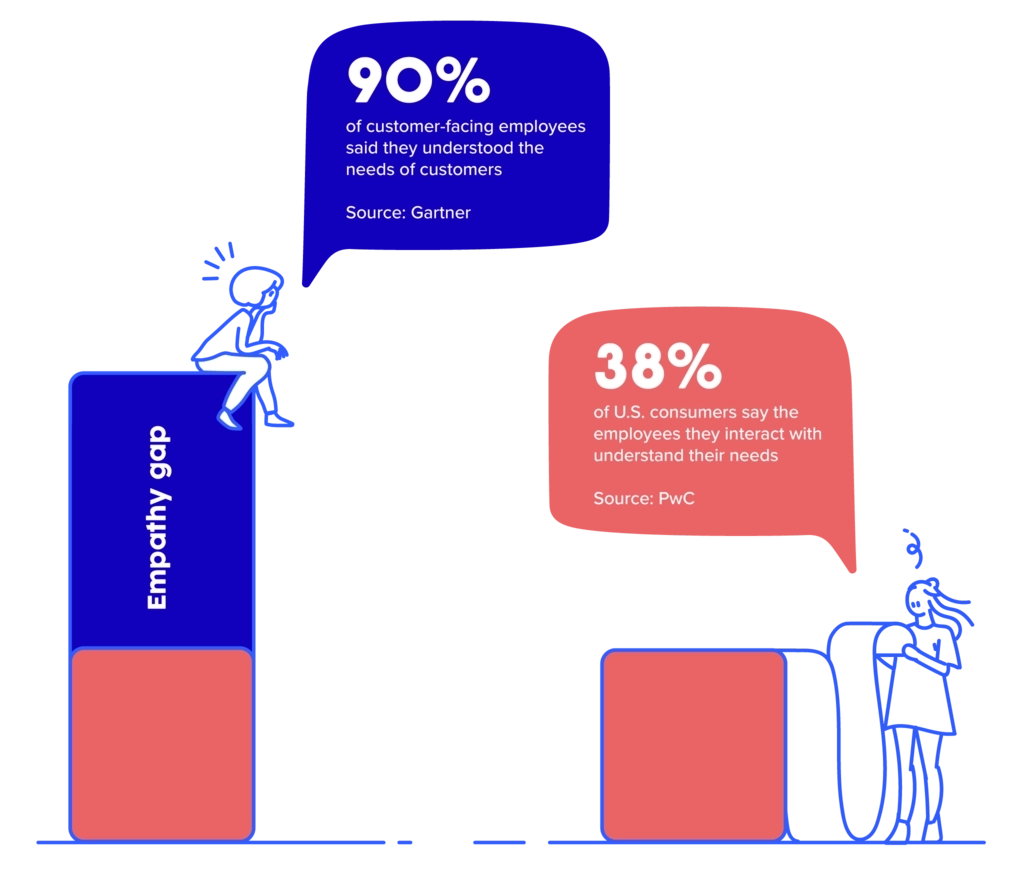
Take Notre Dame’s IDEA Center, for example. The team is dedicated to nurturing and expanding innovations and business ideas of faculty, staff, and students from discovery to commercial application. After infusing empathy into its process, they saw significant returns.
By gathering feedback from users, the team validated over 100 new market opportunities, successfully launched 84% of the Center’s portfolio companies, and increased revenue by six times. This was all possible by using empathy and customer insight to drive product strategy and innovation.
The biggest piece of having testing at our fingertips is to make a cultural shift in what people were doing. It's giving the folks a tool that allows them to iterate and innovate faster. That's going to lead to the increase in revenue, efficiencies, decreasing costs—and we're seeing all of those as a result. It empowers our teams to test.
Scott Lugar
Chief Marketing Officer, AAA Club Alliance
Easy and efficient validation for every phase of development
When developing a new digital product, speed to market is always top of mind. But moving fast isn’t without risk. Getting it right the first time can be a make-or-break moment for your new product, experience, or service. In this section, we’ll discuss why quickly validating products through customer feedback at every stage of the development process is imperative—and how to incorporate this into your existing development cycles.
As mentioned earlier, the majority—up to 95%—of new products fail. The reasons are manifold. Perhaps the new product couldn’t oust a longtime customer favorite. Maybe the new product was aesthetically wonderful but was too hard to use so everyone gave up. Or maybe, despite being a superior product, the marketing and go-to-market failed to compel audiences and potential customers.
Despite the best-laid plans and substantial investments of time and resources, failure to (successfully) launch happens all the time.
While there’s always some risk in new endeavors, you can hedge your bets by ensuring that you understand customer expectations at every step of your development process. Doing so allows you to identify and remedy small problems along the way before they have the chance to become critical issues down the line—saving time, productivity, and budget.
The value of fast feedback loops
Whatever processes you follow—be it double diamond, agile, design thinking, or something else—fast feedback loops are checkpoints where you test your concepts and ideas or progress with your customers. Sometimes the insight will be small. Sometimes it’ll be really big, but one thing is always true—getting feedback early and often leads to greater impact. And, almost counter-intuitively, implementing multiple feedback loops will result in a shorter overall cycle time.
 Reduce risk and costAvoid building the wrong products or features by validating ideas and concepts with customers |  Innovate fasterWith actionable user feedback, you can align on defensible decisions quickly |  Improve adoption and usageBuild customer-centric products so customer needs are met the first time |
No matter how many weeks you plan and years of experience you have developing digital products, there will always be baked-in assumptions about what’s best and hidden nuances you may never consider. By challenging your assumptions and uncovering potential pitfalls early, you’ll avoid expensive and frustrating rework later.
In this section, we’ll illustrate how you can quickly incorporate human insight, using two different approaches, at each of the following stages of your product’s development:
- Stage one: early-stage discovery and validation
- Stage two: prototyping
- Stage three: development and pre-launch
- Stage four: post-launch
Stage one: early-stage discovery and validation
During the discovery phase, this is a great opportunity to better understand your customers—yet this is often perceived to be a time-consuming endeavor and is often skipped in product development. Talking to customers during early-stage discovery could mean identifying and getting to know different personas, or understanding high-level pain points.
Regardless of your goal, as soon as you have a concept in mind, even if it’s just a sketch on a whiteboard, run a few quick tests with customers and potential customers to validate that you’re on the right track. Gathering customer insight early on can save time and budget later on in development—not to mention avoid the risk of building a product no one wants.
How to do it
Remote, live customer interviews are a great place to start during early-stage discovery and validation. Gathering feedback via interview enables your team to have open-ended discussions about a variety of topics, ask customers about their habits, and even have them complete specific tasks (with guidance if they get stuck). Interviews also enable teams to ask follow-up questions and observe non-verbal cues, helping them quickly gather critical insights that will drive more informed decisions.
Teams can also benefit from remote, self-guided tests as well. At this point in your development, you might not have a product to test, but that’s OK. This is a great time to do some competitive research and discovery to gain a better understanding of how customers currently interact with what’s available—and what they like or dislike about those products or experiences.
Tests don’t have to be complicated, either. They can be as simple as asking your target audience how they currently perform a particular task with your competition, and how they feel about that experience. Or, you can ask about their everyday lifestyle and habits, and their thoughts on a particular product.
In the following video, see the UserTesting Participant Network in action, and how they evaluate mobile experiences—from first impressions to site satisfaction.
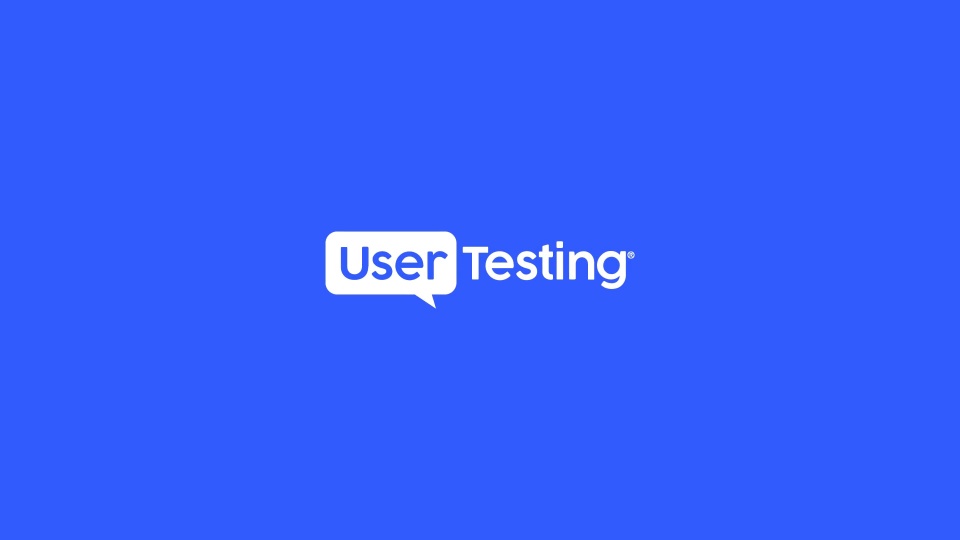
Regardless of how you get feedback from your audience, the insights you’ll uncover will give you a fast (think hours, not days) gut check early in the development process—before any code has been written. This ensures your team moves forward, armed with data to support a confident decision. If you're feeling inspired, you can get candid feedback to help validate new concepts or ideas with this concept validation template.
Stage two: prototyping
When you have some early sketches or designs, gather feedback to validate usability before investing resources to build it out. Does the design make sense? Is it clear and intuitive to the user? And if you find out that something in your early designs is really problematic, you can change it and then test again to see if it’s a better experience, before proceeding to development or production.
Can’t decide on a single design? You don’t have to! Ask test participants to evaluate multiple design ideas in a single session. Continue to iterate, getting feedback as you hone in on preferred design(s).
How to do it
If you have a more complex design that might be confusing or isn't fully functional if presented during a self-guided test, a live customer interview is a great option. Presenting your designs during a live session, known as a Live Conversation at UserTesting, offers you the best of both worlds: giving you control over when, where, and with whom your designs are shared and allowing you to guide test participants should they encounter challenges.
As with interviews conducted during the discovery phase, the flexible and dynamic interaction gives you unrestricted opportunity to gain insights. This can help you radically reimagine and redesign your product before any development begins.
If you're short on time, self-guided tests are also a great option at this stage of development. Provide a link to your design from your chosen design tool or hosting solution, or if secure prototype hosting is an option, you can upload your prototype directly to your insights platform and ask for feedback. If you're feeling inspired, you can observe people using a pre-production experience with this prototype evaluation template.
Note: If you want to ensure your designs are only shared with the test participant during the duration of the test, you can share your screen during a remote customer interview, or set up a self-guided test. Just be sure that the insight platform you use offers a secure prototype hosting to keep your prototypes protected.
In the below video, we rounded up examples of participant feedback on prototypes, where our customers could evaluate if they were targeting the right audience or identify technical issues.
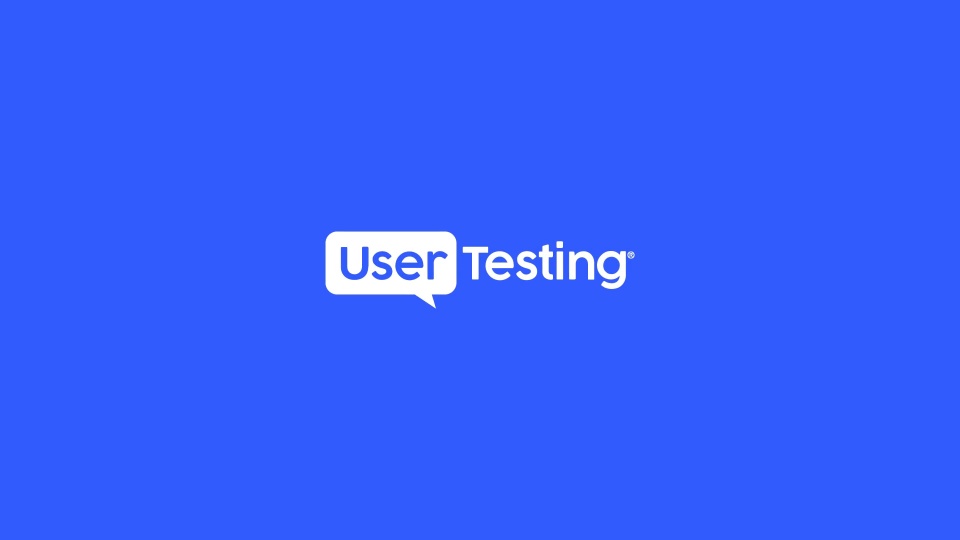
Stage three: development and pre-launch
Gathering feedback at each milestone ensures that you end up where you planned. And if feedback indicates there’s a problem or something that requires attention, you have the opportunity to fix these issues before proceeding to the next milestone. Studies have shown that problems that are discovered and fixed after a product release have up to 100x the cost compared to when issues are identified and addressed during development. That's a pretty hefty price tag.
It’s also worth noting that many things are happening in tandem as a product or experience is readied for launch. This is around the time that marketing and other go-to-market teams are preparing their campaigns and other promotional assets, so don’t feel limited to reserving consumer insight for product development. These pre-launch projects also benefit from customer feedback to ensure that the messaging and promotional activities line up product capabilities with customer needs and preferences.
How to do it
Similar to the prototype phase, it’s easy to get fast feedback on products, campaigns, messaging, pricing, and more at this stage. Using either the self-guided approach or customer interviews, your team can get critical insight on products and experiences before launch. This helps address any potential issues that may have been missed with lower-fidelity prototypes or concepts.
In the below video, see how a remote, self-guided exploratory test can uncover any final issues a product or feature might have—prior to launch. If you're feeling inspired, try this needs and frustrations discovery template to identify opportunities to improve products or experiences before launch.
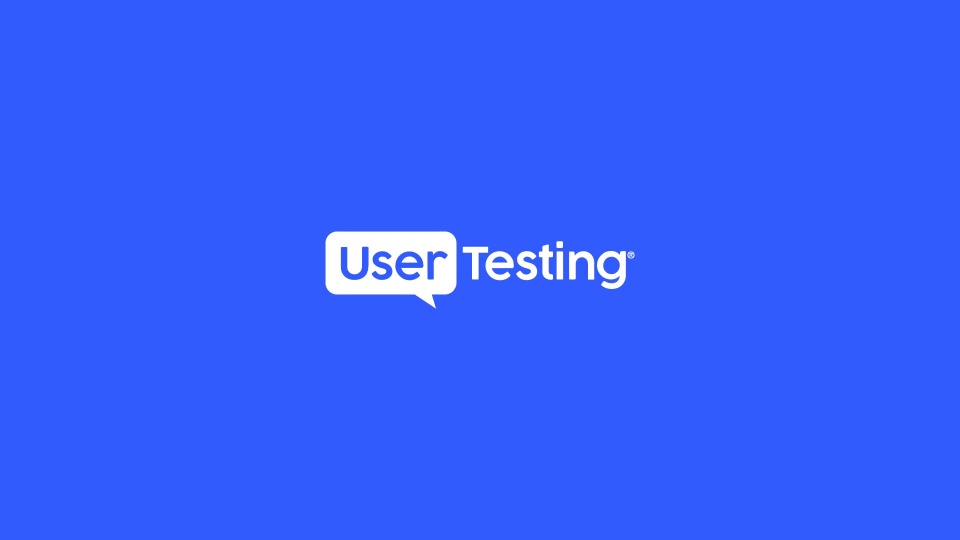
Stage four: post-launch
Even after a new feature, product, or campaign has launched, you’ll want to keep monitoring its reception to address problems or to keep evolving the experience to drive greater adoption or conversion. For example, you may wonder, “Why are people dropping off at this stage in the workflow?” You can understand why this is happening by gathering qualitative insights.
Or conversely, hearing why customers are taking certain actions, from selecting a certain tab or taking steps in a specific order, can arm you with new and novel use cases. This can all be included in your educational or marketing materials to influence user behavior moving forward.
Qualitative insights are great when paired with analytics or quantitative metrics you may be tracking. Together, they can provide a fuller understanding of the reasons (the ‘why’) behind user behaviors. For inspiration, you can keep tabs on customer needs by exploring how they move through various channels with this multichannel journey template.
Below, watch how digital product teams can gather insights into their customers’ omnichannel experiences post-launch:
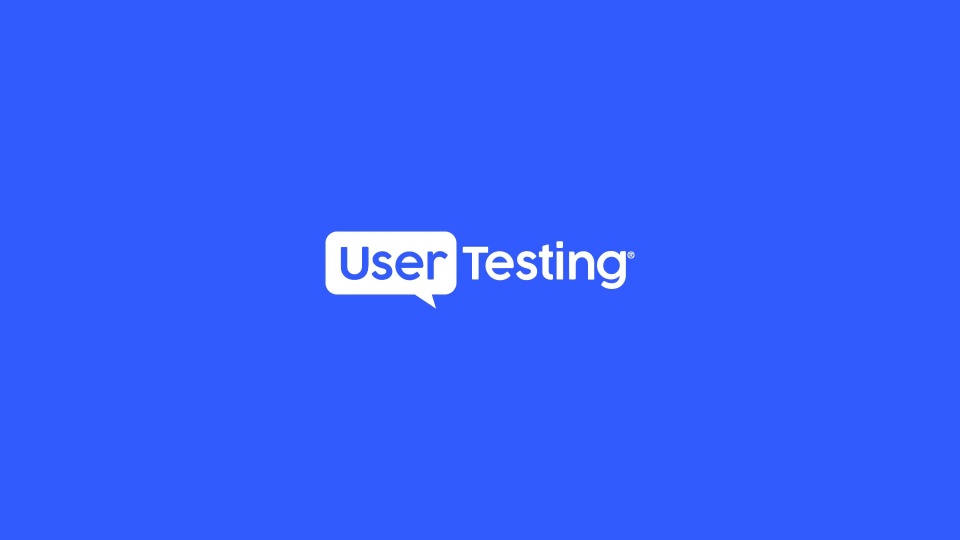
Fast feedback in action: customer success stories and use cases

If you need a bit more inspiration to share with your team, we've collected a few customer success stories. These illustrate how early, regular customer feedback has helped many world-class brands reduce risk while continuing to innovate and evolve their digital products in response to an ever-changing marketplace.
How Rothy's leveraged UserTesting for better site performance
Rothy’s is a San Francisco-based direct-to-consumer fashion company founded in 2012. Rothy's’ items are made from 100% recycled plastic water bottles and post-consumer recycled materials.
Rothy’s originally launched its ecommerce website (a customized build on the Shopify platform) in 2016. Over time, the site performance slowed while the complexity of the tech stack grew.
When the COVID-19 pandemic hit, the organization resolved to make its site faster, easier to use, and more consistent across devices. This could set the company up for success in 2021 and beyond.
Watch below to learn how Rothy's successfully relaunched its ecommerce website.
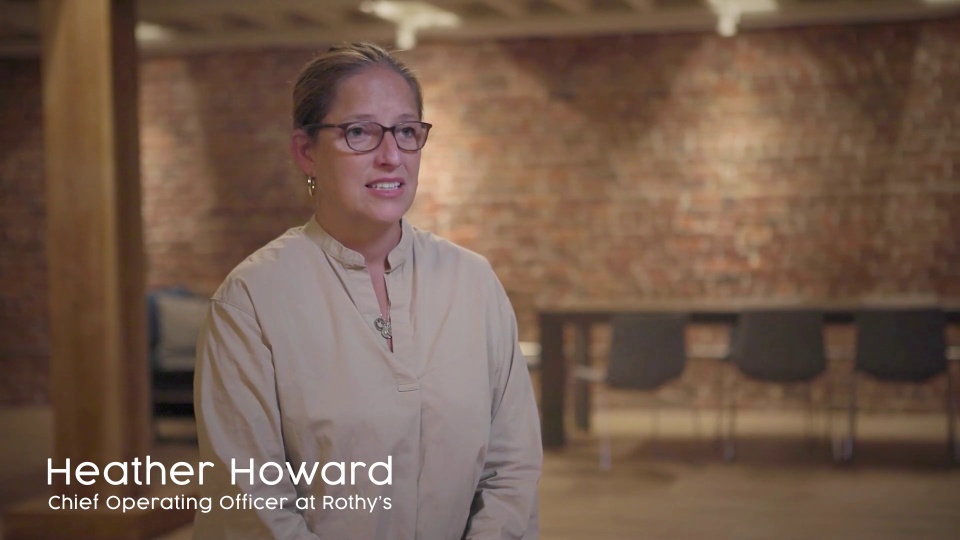
Try a template
Inspired? You can test your website navigation with this template and get fast insights about how users currently navigate your site and learn how it can be improved.
How Adobe successfully re-launched a product feature
Adobe launched Photoshop in the late 1980s. Three decades later, it remains the de facto industry standard in graphics editing software—maintaining the relevance and high quality of its flagship product by listening to customers and making constant improvements.
The team launched an image extraction feature frequently requested by Photoshop users. However, usage data following the launch, as well as posts on user forums, revealed that customers were confused and struggling to use the new feature.
The excitement of releasing the high-priority feature wore off as the team realized they had to make some major revisions. To maintain customer happiness, minimize in-product disruption, and maximize the efficiency of their 10-week development cycle, they had to get it right and as quickly as possible.
The team knew that getting customer feedback would be critical to developing a feature that Photoshop users would use and love. They recruited Photoshop customers from online forums and met with them weekly. However, while the feedback they received was helpful, it didn’t tell the fuller story of why customers were struggling with the newly launched feature.
One issue was that the users who typically participated in forums were experienced users. They did not represent the skill level or needs of the average Photoshop user. Without insight from less experienced customers, the best they could do was make incremental improvements, which were unlikely to have much impact on the overall experience for the majority of users.
To get additional perspective, the Photoshop team leaned on The UserTesting Human Insight Platform. By sharing their study with the UserTesting Participant Network, they were able to connect with new Photoshop users representing a wider variety of skills and levels of expertise.
To understand the causes of customer challenges, they first shared mockups and then interactive prototypes to pinpoint exactly where difficulties existed. They continued to solicit feedback throughout the development cycle, iterating quickly according to the real-time feedback that they received.
Based on the feedback, they made a number of updates, including giving the feature a clearer name, better interface, and menu navigation.
By securing feedback from a more diverse group of customers, the Photoshop team was ultimately able to launch an improved feature that is helpful and easy to use for a wide spectrum of users—from novice to expert.
Try a template
Inspired? You can understand what keeps your most loyal customers engaged with your products with this product adoption template.
How Chicos boosted customer loyalty after an infrastructure upgrade
Chico’s, renowned for its high level of customer service in the retail fashion world, needed fast and reliable insights from customers about their online experiences. The company was implementing a major technology upgrade to its back-end infrastructure and wanted it to be well-received.
Making such a large technology investment meant that their online experience had to be as perfect as possible in order to drive enough online sales to deliver a strong payout.
To do that, however, the company needed a tool that would enable their design team to collect reliable customer insights that would empower them to implement changes and improvements on the fly.
Watch below to learn how Chicos increased customer loyalty through human insight.
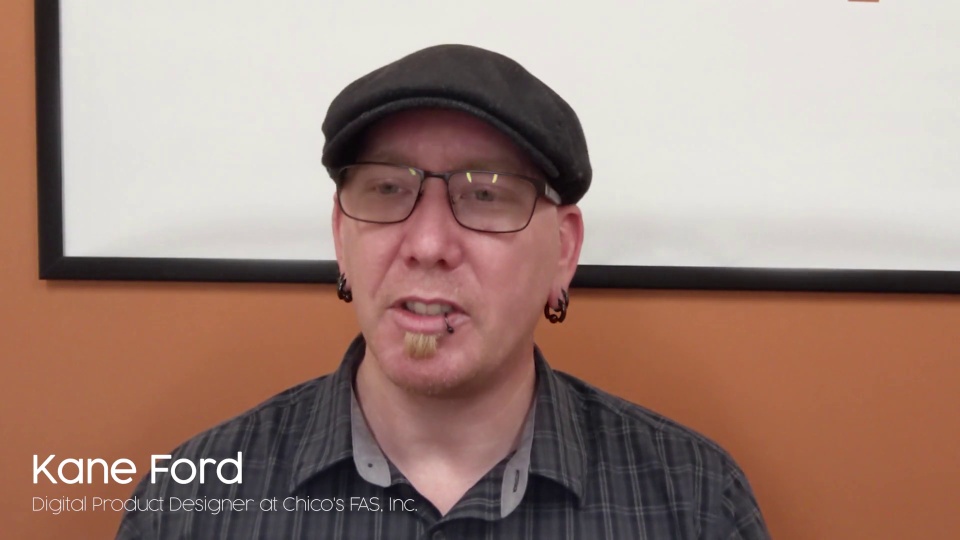
Try a template
Ready to get started? You can uncover how customers engage with your brand or products across multiple touchpoints with this customer journey template.
Product leaders: be champions for human insight
One of the most painful lessons to be learned is that of a missed opportunity. It could be the opportunity to build something great that becomes a market leader, or the opportunity to avoid building something that no one wants and could ruin a brand’s reputation—or worse, sink the entire organization. Leveraging customer insight early and often throughout the digital product development process is the best way to mitigate your teams’ risk of those missed opportunities.
As a digital product leader, your team will look to you for guidance in an ever-evolving landscape. By championing human insight as an asset that you can lean on during each phase of their development cycle, you’re helping your organization bring customer-centered digital experiences to life with less risk, and time, fewer resources—and more insight with a deeper understanding of your prospective and current customers.

Get actionable insights today
Uncover human insights that make an impact. Book a meeting with our Sales team today to learn more.


